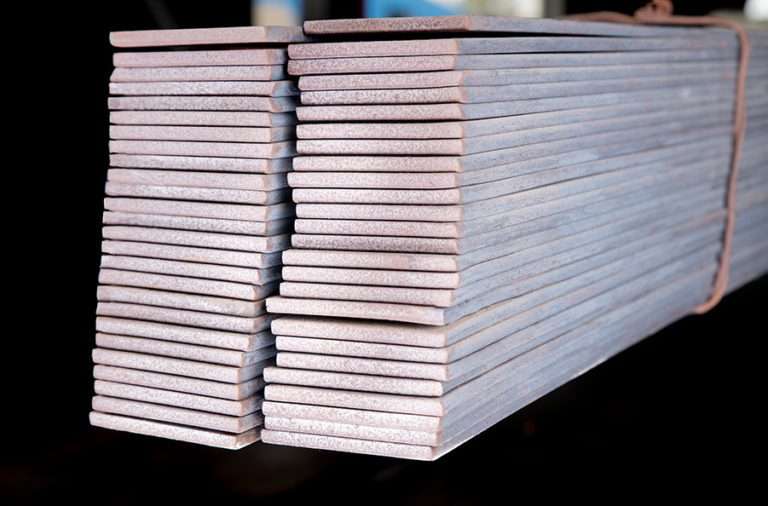Flat bars are versatile and widely used metal components that play a crucial role in various industries. Whether you are in construction, manufacturing, or fabrication, understanding the fundamentals of flat bars is essential. In this ultimate guide, we will explore the world of flat bars, focusing on stainless steel flat bars, metal flat bar sizes, flat bar manufacturers, flat bar suppliers, flat bar manufacturing, and flat bar weight. By the end of this article, you’ll have a comprehensive understanding of flat bars and their applications.
1. What are Flat Bars?
Flat bars are long, rectangular-shaped metal bars with a flat surface and sharp edges. They are available in various materials, including stainless steel, carbon steel, aluminium, and more. Flat bars are produced through a manufacturing process that involves hot rolling, cold rolling, or extrusion. They are known for their excellent strength, durability, and versatility.
2. Stainless Steel Flat Bars:
Stainless steel flat bars are highly sought after due to their exceptional corrosion resistance and aesthetic appeal. They are commonly used in architectural, marine, and food processing applications. Stainless steel flat bars offer superior strength and are available in different grades such as 304, 316, and 430. These flat bars come in a range of sizes and finishes to suit specific project requirements.
3. Metal Flat Bar Sizes:
Metal flat bars come in various sizes to accommodate diverse applications. The width, thickness, and length of flat bars can vary significantly. Common Metal Flat Bar Sizes range from 1/8 inch to 6 inches in width and 3/16 inch to 1 inch in thickness. Lengths typically range from 6 feet to 20 feet, but custom lengths can be obtained from manufacturers.
4. Flat Bar Manufacturers and Suppliers:
When sourcing flat bars, it is crucial to partner with reputable manufacturers and suppliers. Look for companies with a proven track record, excellent customer reviews, and a wide range of flat bar options. These manufacturers utilize advanced production techniques to ensure the highest quality flat bars that meet industry standards.
5. Flat Bar Manufacturing:
The manufacturing process for flat bars involves several stages. It begins with selecting the appropriate material, followed by hot rolling, cold rolling, or extrusion to shape the metal into a flat bar. Next, the bars undergo heat treatment processes to enhance their strength and other mechanical properties. Finally, the flat bars are cut to the desired length and subjected to quality checks before they are ready for distribution.
6. Calculating Flat Bar Weight:
Determining the weight of a flat bar is essential for material planning and load-bearing considerations. The weight of a flat bar can be calculated using a simple formula:
Weight (in pounds) = Width (in inches) x Thickness (in inches) x Length (in feet) x Weight Factor
Each metal has a weight factor, which is a constant value per cubic inch or cubic foot. For example, the weight factor of stainless steel is approximately 0.287 pounds per cubic inch. By multiplying the weight factor with the calculated volume, you can determine the weight of the flat bar accurately.
Conclusion:
Flat bars are indispensable components in various industries, offering strength, durability, and versatility. Stainless steel flat bars, in particular, provide excellent corrosion resistance and are widely used in architectural, marine, and food processing applications. By understanding metal flat bar sizes, sourcing from reputable manufacturers and suppliers, and calculating flat bar weight accurately, you can make informed decisions for your projects. Remember to consult with experts and adhere to industry standards to ensure the successful integration of flat bars into your applications.
You can connect with us on Facebook

As the editor of the blog, She curate insightful content that sparks curiosity and fosters learning. With a passion for storytelling and a keen eye for detail, she strive to bring diverse perspectives and engaging narratives to readers, ensuring every piece informs, inspires, and enriches.










